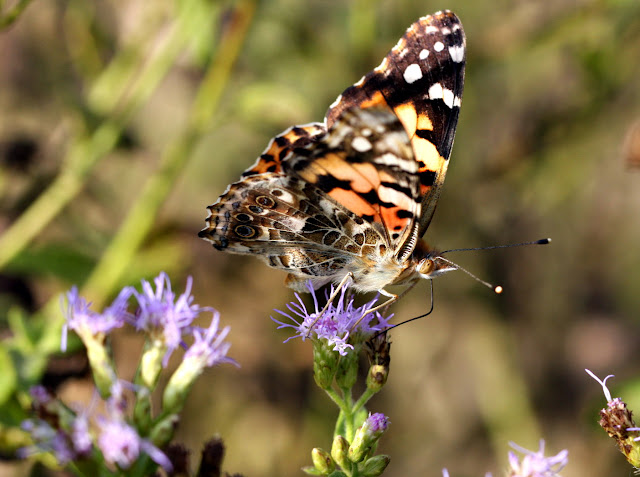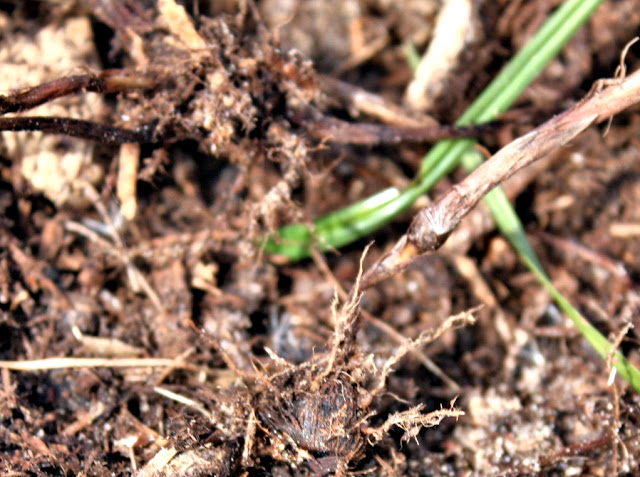I've been working on the Skilern Unit along East Bayou for the last several days. I'm building some piles from the downed trees that will attract sparrows. And I'm seeding grass along the new accessible trail.
The more I'm there, the more I want to be there. This place lost it's bridge and lots of its trees but it going to be an even more people and bird friendly place in the future. It's going to have 700 acres of wet fields, some of which will be in rice this spring. It now has the new bridge completed and two new overlooks, one overlooking the bayou and the other looking over a little pond and the rookery area where I expect to see neotropical cormorants, herons, and roseate spoonbills breeding this spring.
I love being in the trees and looking out over the bayou and the wet fields as I work and listening to and watching all the birds here. I'll include my list of birds I saw a couple of mornings ago, when I went early and and really looked for them. This is also my favorite place to go at the end of the day and watch the sun set and the cormorants and great egrets come in to roost in the rookery area.
But here are some of my favorite pictures from this area.
First some birds by the first little wet field. You can bird from your vehicle. There were American pippets, common snipe, Savanna sparrows and killdeer, our most ubiquitous bird.
 |
| Wilson's Snipe |
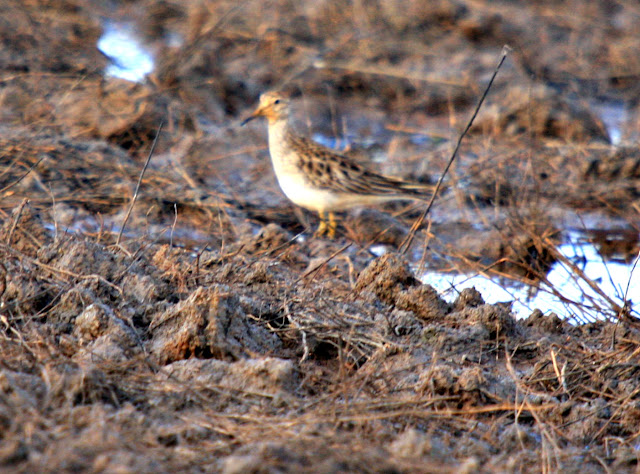 |
| Pectoral Sandpiper |
 |
| Kildeer |
This is a common view many times each day as something disturbs a huge flock of geese. This is a view looking east from the road.
 I' I' |
| Snows Uplifting - This happens when a hawk or perigrine falcone flys over |
This is a view from the new bridge just past the new parking lot.
 |
| The East Bayou Overlook |
|
|
 | |
| The New Bridge |
 |
| Overlook Over Pond and Rookery |
 |
| Handicap-Accessible Trail - I'm planting grass seed along the bare edges |
|
|
|
|
|
The skies almost always have birds flying in them: snow geese, greater white-fronted geese, various species of ducks, including whistling ducks, white-faced and white ibis, red tail hawks, harriers - often in groups.Merlins, cormorants, anhingas, great egrets, and great blue herons are all all common to abundant.
 |
| Merlin hunting supper |
 |
| Cormorants and great egrets roosting |
 |
| Mine! No, mine! |
 |
| The moon is up at sundown. |
|
|
These pictures were taken over a two hour period in this area. TWO HOURS! But it felt like fifteen minutes!
And here is a
link to eBird where my list of birds is stored..
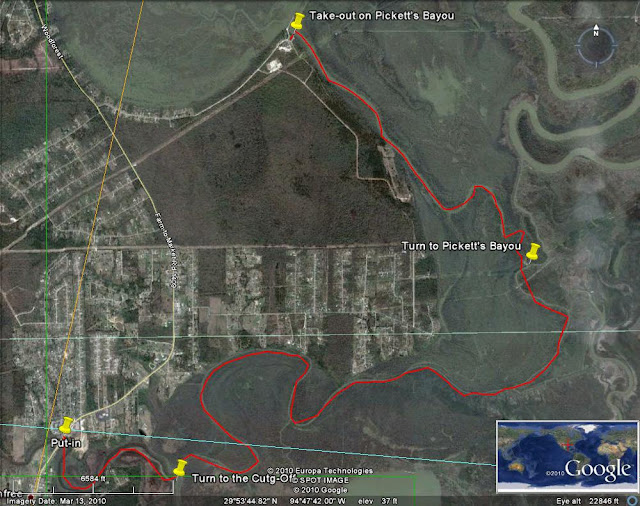
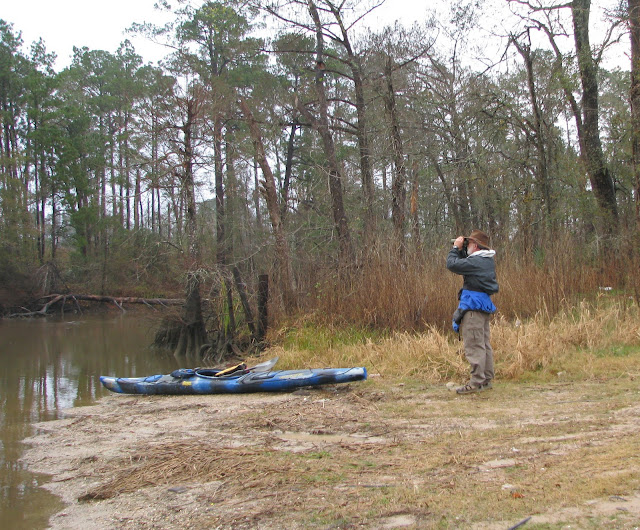






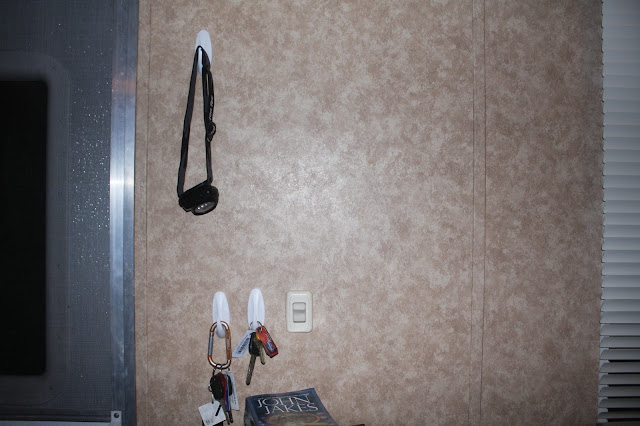


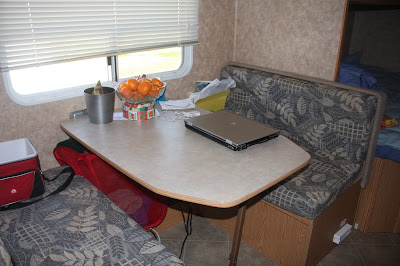





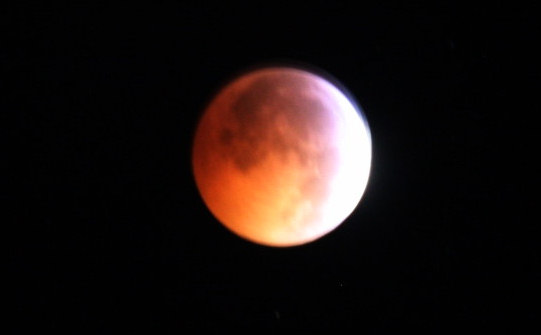



 I'
I'















